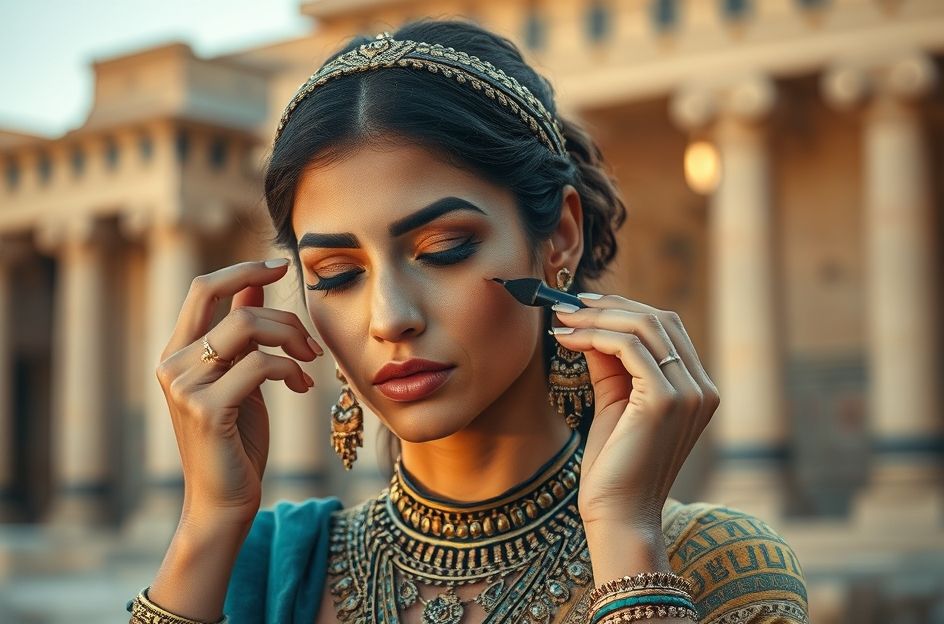The global cosmetics industry generates billions annually, prompting the question: How did daily makeup application become commonplace? The practice evolved gradually over centuries.
The ancient Egyptians, over four thousand years ago, placed great importance on cleanliness and appearance, believing it reflected the health of the soul. They sought to look and smell appealing, leading to innovations in cosmetics that extended beyond mere aesthetics.
Mesdemet, an early form of eyeshadow made from copper and lead ore, was used to ward off the evil eye and served as a disinfectant and insect repellent. Kohl, a dark powder composed of lead, ash, ochre, copper, and burnt almonds, was applied around the eyes. Egyptians also used henna to color their nails orange and yellow and applied a mixture of water and red clay to their cheeks.
As cultures interacted, the Greeks adopted Egyptian cosmetic practices, using lead-based foundations to achieve a pale complexion, a practice that sometimes proved fatal. The Romans embraced cosmetics, shifting the focus from functionality to more exotic methods. They painted their nails with a mixture of sheep’s blood and cooked body fat. As one ancient Roman man declared, ‘A woman without paint is like food without salt.’
